Hamstring Tendonitis
What is Hamstring tendonitis?
Hamstring tendonitis, also known as hamstring tendinopathy, is a condition characterized by inflammation or irritation of the hamstring tendons. The hamstrings are a group of muscles located on the back of the thigh that play a vital role in hip extension and knee flexion.
Tendonitis in the hamstrings often occurs due to overuse, muscle imbalances, poor flexibility, or previous injuries. Common symptoms include pain, stiffness, swelling, and weakness in the back of the thigh.
Your leg may experience discomfort, soreness, stiffness, or swelling as a result of the ailment. R.I.C.E. is one of the home remedies.
Connective tissues called tendon join muscles to bones. Your hamstring muscles are connected to your pelvic, knee, and lower leg bones via hamstring tendons.
If you overwork or overstretch the tendons, you might have hamstring tendonitis. Back of your thigh discomfort or edema might be present. With rest and conservative (non-surgical) therapies, the majority of persons with hamstring tendonitis recover within a few days or weeks.
Causes of Hamstring tendonitis:
The tendons at the back of your leg are frequently subjected to repetitive stress, which leads to hamstring tendonitis.
- Overuse or repetitive strain: Continuous activities involving repetitive movements of the hamstring muscles, such as running, jumping, or kicking, can lead to tendonitis.
- Muscle imbalances: Weakness or imbalance between the hamstring and other muscle groups, such as the quadriceps or glutes, can put excessive stress on the hamstring tendons.
- Poor flexibility: Insufficient flexibility or inadequate warm-up before physical activity can increase the risk of tendonitis.
- Previous injuries: Prior hamstring injuries or insufficient rehabilitation may weaken the tendons, making them more susceptible to tendonitis.
Symptoms of Hamstring tendonitis:
- A dull ache in your buttocks, the back of your thigh, your knee, or your lower leg (similar to sciatica symptoms).
- Hamstring Muscle tightness in the legs when walking or bending the knee.
- Sharp discomfort if your hamstring muscles or tendons are abruptly overstretched.
- swelling, especially immediately following an accident.
- tingling that travels down the back of your leg from your lower back.
- The back of your thigh is weak.
- Knee pain or discomfort nearby
- Up the thigh and maybe into the hip or pelvic radiating pain
- deep groin pain
- swelling of the knee or thigh or around it
- Activity-related pain, particularly pain from repeated movements
- Having trouble walking or bending the knee or experiencing excruciating pain when doing so
- Burning, piercing pain
- joint and muscle weakness
- a dull throbbing pain
- joint and muscle stiffness
- Angiogenesis or inflammation
Diagnosing of Hamstring tendonitis?
Your doctor examines you physically and feels the back of your leg. To feel any discomfort or swelling, they could push on the muscles and tendons. Additionally, they could ask you to make particular motions, like bending your legs or standing up straight. If you have pain when walking or placing any weight on your leg, be sure to let your doctor know.
- X-ray
- MRI
- CT scan
- Ultrasound
Treatment of Hamstring tendonitis:
Anyone who thinks they could have tendinitis should be checked out by a doctor. They will make a diagnosis and create a treatment strategy.
There are two main treatment timeframes for tendonitis: short-term and long-term.
- Short term goals
- Long term goals
- Exercise
Short-term goals:
Preventing the damage from becoming worse is the primary objective of therapy. By refraining from repetitive activities, especially the one that injured it, a person can give their tendon a break. They might also experiment with the following home management techniques:
Rest: If a person avoids aggravating the injury with more movement, the tendon will recover more quickly. While the tendon is resting, avoid using it for 48 to 72 hours.
Ice: Ice lowers blood flow to the tendon, which can lessen discomfort and inflammation. You can ice for ten minutes at a time, with rests for twenty. To relieve discomfort, you can do this a few times per day.
Massage: Focus on the thigh, hip, and region surrounding the knee. By doing this, discomfort and muscular tension can be reduced. Before the massage session starts, make sure the massage therapist is aware of the possible damage.
Avoid sitting for long periods: Even while it’s crucial to give the tendon some rest, being more sedentary might make muscles more tense and hurt other muscles and tendons.
Take nonsteroidal anti-inflammatory medications: Ibuprofen is one of these medications that may be used to relieve pain.
The effects of home remedies on symptoms might take many weeks. In a week, the majority of patients will see some symptom relief. Full recovery can take longer.
Some people believe that excessive rest stiffens joints and slows healing. The tendon can be strengthened and healed with the help of a certain guided activity. Anti-inflammatory drugs may impede the body’s natural healing process, according to another theory.
If you are an athlete or particularly active, you should talk to your doctor about the best recuperation plan for you.
A person should consult a doctor for treatment if their symptoms get worse or don’t get better in a few days.
Long-term goals:
Tendonitis is frequently a recurrent, chronic injury. Understanding the causes of tendinitis might aid with treatment.
A doctor could recommend you see a physical therapist if your attempts at self-care are unsuccessful, the pain is too bad, or tendonitis keeps recurring. Although it is less often, a doctor may occasionally inject corticosteroids into the tendon under ultrasound guidance.
Although this injection does not heal the injury, it might offer comfort for a few weeks. Surgery may occasionally be advised by a doctor to treat persistent tendonitis.
Physical therapy is beneficial for both acute and chronic tendonitis, and it might be crucial during the initial stages of recovery. Physical therapy after tendinitis surgery could be required for many months.
In certain cases, physical therapy may even eliminate the need for surgery. It can also help individuals restore strength and mobility and manage chronic pain.
Exercise for Hamstring tendonitis:
Before beginning any hamstring tendinitis activities, it’s crucial to consult a doctor. You should also avoid any workouts that make your discomfort worse because doing so might worsen the condition of your tendon.
Stretching may also hinder healing and make the injury worse. Flexing the muscles can appear beneficial, but it can make rips and injuries worse.
Some exercises that may be beneficial include:
Walking: Walking works the hamstrings’ muscles and tendons, although it is easier on the joints than jogging.
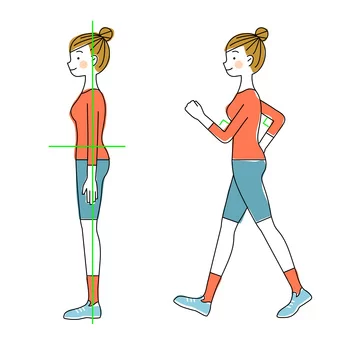
Swimming and water aerobics: Without the significant impact and associated discomfort that come with running and related exercises, swimming and water aerobics can keep the hamstrings active.

Strength training: In order to avoid reinjury, a person with tendonitis should concentrate on hamstring muscle and tendon strengthening exercises.
Single-leg windmill: Bent at the knee, place the unharmed leg on a bench or chair. Straighten the leg that is hurt. Reach down and touch the affected leg’s toes. Maintain a flat back. For 30 seconds, maintain the stretch. 3-5 times are appropriate.
Nordic hamstring exercise: Ask someone to hold both feet while you are on your knees. Lean forward gradually while maintaining a straight back and hips. pause for 15 seconds. Return to kneeling and then repeat.
Donkey kickbacks: Get on your hands and knees. Put your palms straight beneath your chest to brace your body. Lift the hurt leg slowly and stretch it to the ceiling. Hold for 15 seconds, then lower the hurt leg to the ground. 3-5 times are appropriate.
Initial exercise:
Stretching the hamstrings gently will progressively increase flexibility and range of motion in the early phases of recovery. Avoid pushing yourself too hard too soon to avoid aggravating the injury. Exercises that involve static hamstring contractions will also assist in gradually improving the strength and stability in the affected regions without endangering them further.
Straight Leg Raise:
- Lie on a yoga mat.
- The foot should be level on the ground with one knee bent. Stretch out the opposite leg.
- Lift the straight leg gradually until you feel a small stretch.
- Hold for two seconds before bringing the leg down.
- 10 times through.
Static Hamstring Contraction:
- Place one leg out in front of you, with the knee bent at a 45-degree angle.
- As you push your heel into the ground, tighten your hamstring muscles as much as you can without feeling any discomfort.
- Release after five seconds of holding.
- Complete 10 repetitions altogether.
Foam Roller — Hamstring:
- Under your hamstring, place a foam roller.
- Put your hands on the ground just behind your hips.
- To shift weight onto the foam roller, raise your hips off the ground.
- Roll your hamstring slowly along the foam roller, stopping when you reach a sore spot.
- For 30 to 60 seconds, move back and forth over the sore spots.
Advance Your Exercises
You may perform more strenuous workouts after you’ve done some gentle stretching and strengthening. Continue performing the exercises from the first stage while also performing more difficult hamstring tendonitis workouts. Never engage in any painful workout. Return to the exercises from the first stage if you experience pain.
Hamstring Bridge:
- Your arms should be at your sides when you recline on a yoga mat.
- Your feet should be roughly hip-distance apart on the floor when you bend your knees.
- Lift your buttocks off the mat while planting your heels firmly on the ground. Your toes will be raised off the ground.
- Hold the posture for 30 seconds while the hamstrings and buttocks are tightly contracted.
- 10 repeats of repetitions.
Squats:
- Stand with your feet hip-width apart.
- As you squat backward like you’re sitting back in a chair, bend at the knees and hips.
- Keep your back straight, shoulders back, and chest open.
- When you reach parallel, pause, then push through your heels to stand back up.
- Perform 10 repetitions.
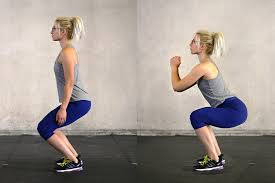
Hamstring Eccentric Contraction:
- Kneel on the ground with your shins and knees at a hip distance from one another.
- Have a companion to keep your ankles down as you secure them underneath a sturdy item.
- From your knees, steadily lean forward while maintaining a tight core. Do not bend at the hips; instead, keep the torso, hips, and thighs in a straight line.
- As far as you can lean, hold the position for five seconds.
- For a total of 10 repetitions, go back to the beginning position and repeat.
Hamstring Band Stretch:
- Lie on a yoga mat.
- With your knee slightly bent, lift your leg off the mat.
- The foot of the outstretched leg should be wrapped in a resistance band.
- Pull the leg as far as it will comfortably go in towards your chest.
- Release after holding for 10 to 30 seconds.
- Five times, please.
Summary:
Inflammation of the tendons at the back of your thigh is known as hamstring tendonitis. It generally results from overuse, although it can also be brought on by an unexpected hamstring injury. Your leg may experience discomfort, soreness, stiffness, or swelling as a result of the ailment. R.I.C.E. is one of the home remedies.
Inflammation of the tendons at the back of your thigh is known as hamstring tendonitis. Connective tissues called tendons join muscles to bones. Your hamstring muscles are connected to your pelvic, knee, and lower leg bones via hamstring tendons.
If you overwork or overstretch the tendons, you might have hamstring tendonitis. Back of your thigh discomfort or edema might be present. With rest and conservative (non-surgical) therapies, the majority of persons with hamstring tendonitis recover within a few days or weeks.
FAQs
How is hamstring tendonitis treated?
Usually, treating this injury with rest, ice, compression, and elevation is effective. Reintroduce activity gradually as the discomfort begins to subside, beginning with light stretches that concentrate on the hamstring. Consult a doctor if your discomfort doesn’t go away or if your hamstring is always giving you trouble.
How long does hamstring tendonitis take to recover?
It may take up to six weeks for hamstring tendinitis to completely heal. After just a few days of rest, the majority of athletes feel noticeably better, but it’s crucial to go slowly. Until your doctor or physical therapist gives you the all-clear, wait to resume practicing your sport.
What tendonitis symptoms are present?
The injured tendon feels sore and painful, and moving it usually makes it worse.
swelling.
a grating sensation as the tendon moves.
a lump on the tendon.
weakness in the affected area.
decreased range of motion.
Is hamstring tendinitis treated well with ice?
If you have a fresh injury or are on the first day of pain, use ice. Hamstring strain is one example of this kind of harm.

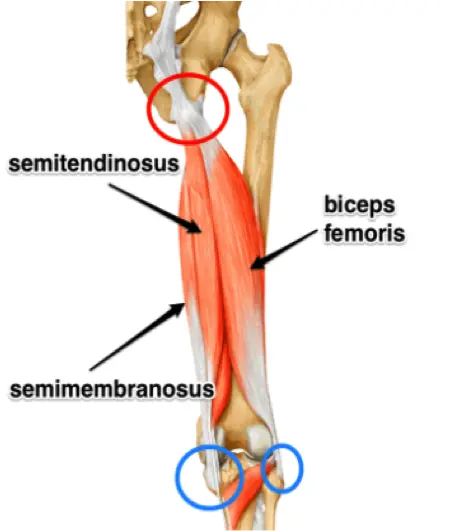
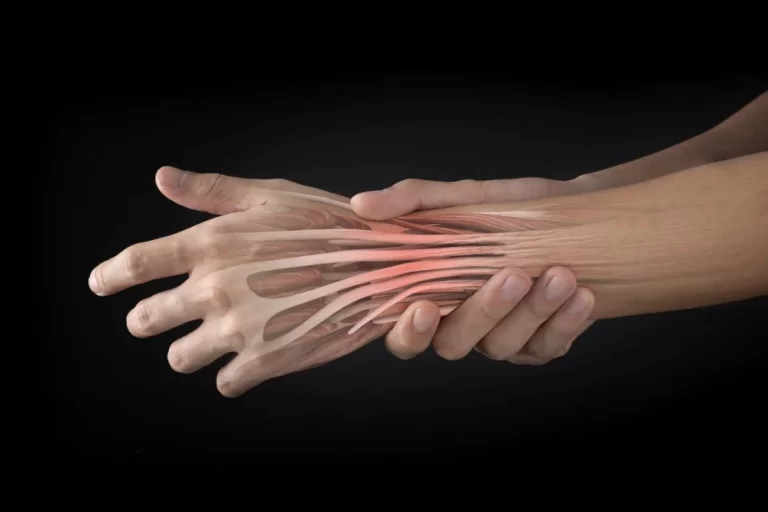
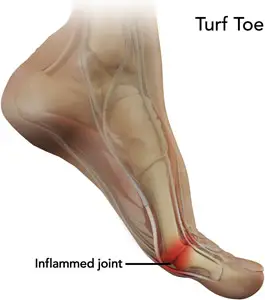

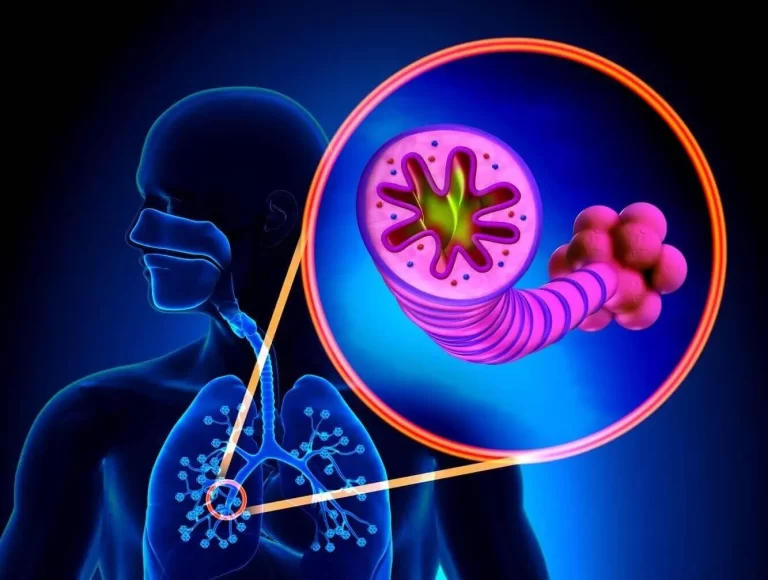

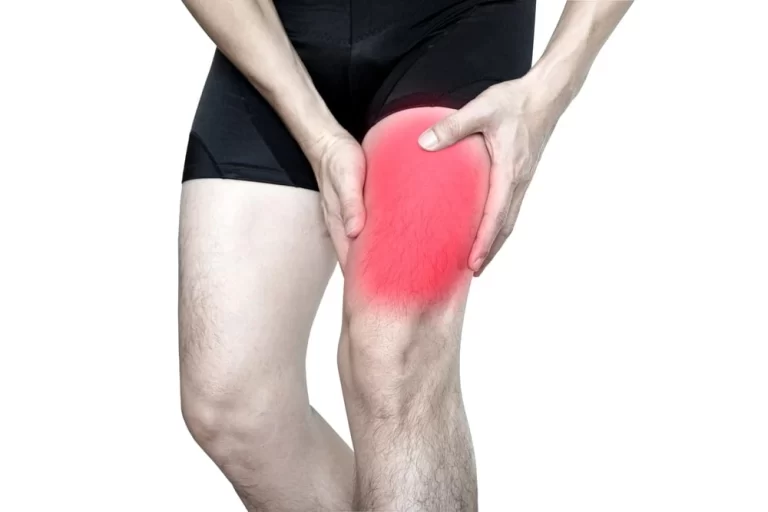
3 Comments